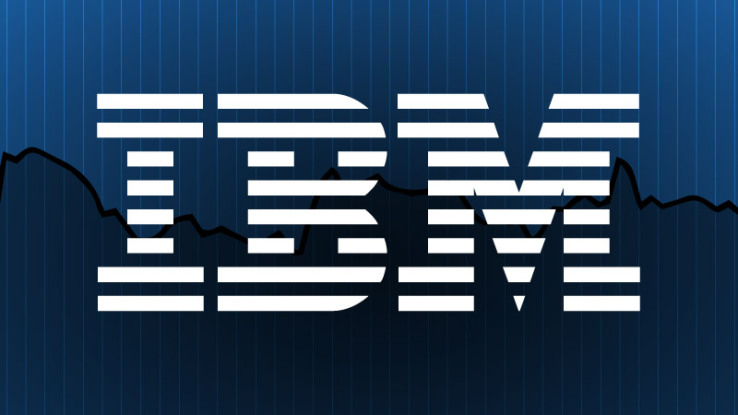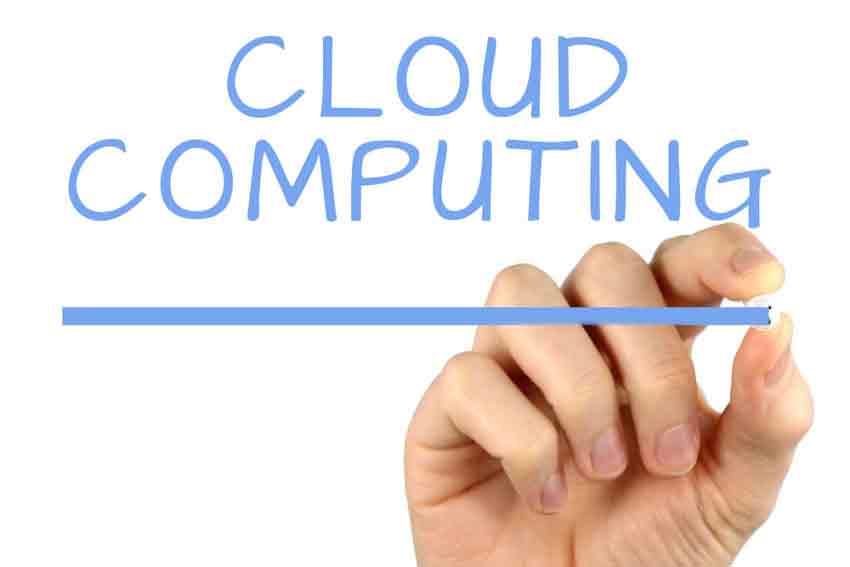 It’s been announced this week that IBM has finally put Power8-based systems onto its SoftLayer cloud. Way back in June 2013, Big Blue said it had plans to double the footprint of the SoftLayer cloud and make Power iron a peer to Xeon-based systems. But it never happened, at least until now.
It’s been announced this week that IBM has finally put Power8-based systems onto its SoftLayer cloud. Way back in June 2013, Big Blue said it had plans to double the footprint of the SoftLayer cloud and make Power iron a peer to Xeon-based systems. But it never happened, at least until now.
These machines are now apparently available, and they happen to be a rather significant event for IBM’s “i” customer base and aren’t, unfortunately, able to run the “i” operating system – which would be a direct influence on the market that currently exists for the platform. More than likely, this is positive news for service providers who are planning to build hosting and businesses in the cloud based on the regular Power Systems iron that run IBM “i” and its applications and databases.
When IBM said last March that it was working with motherboard and system maker Tyan to hopefully be able to bring its “Habanero” single-socket Power8 machine to the SoftLayer cloud, they said that they expected to have everything accomplished last June; but IBM apparently didn’t get its own commercialized variants of the machine completed in time.
It does, however, appear that IBM is overclocking the machines. The Power Systems S812LC machine contains an eight-core Power8 chip that runs at 3.32 GHz plus a 10-core chip that clocks at 2.92 GHz. The Power8 C812-L machines that are currently on the SoftLayer cloud come different size configurations including small, medium and large. In addition, there’s a larger one that contains flash-based SSD storage based on an eight-core Power8 that runs at 3.85 GHz and a 10-core that is clocked at 3.49 GHz.
Many sources are quoted as saying IBM should be selling Power-based machines on the SoftLayer cloud that support their own IBM “i”, but the company doesn’t seem to want to do that. That may be good news for service providers who are currently building clouds that are based on the regular Power Systems line, however it might mean end-user customers aren’t getting the very lowest price possible simply because the design of these machines is inherently more expensive than the LC machines that can only support Linux.
So the IBM “i” ecosystem isn’t being helped directly, but indirectly, but at least it’s helping IBM to cover its massive investments in the Power technology, and that is inherently good for the longevity of IBM “i”.



